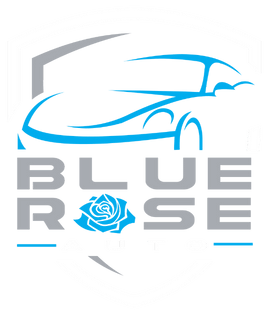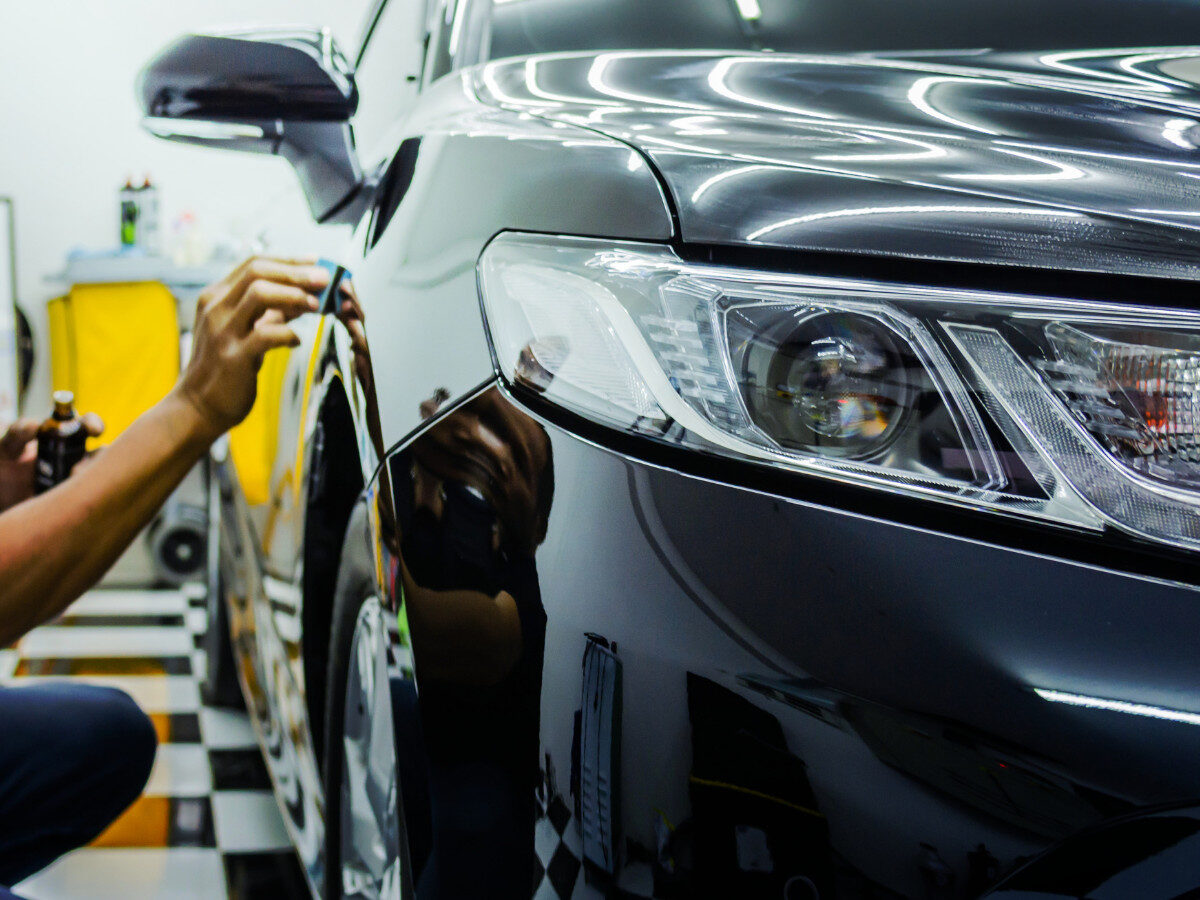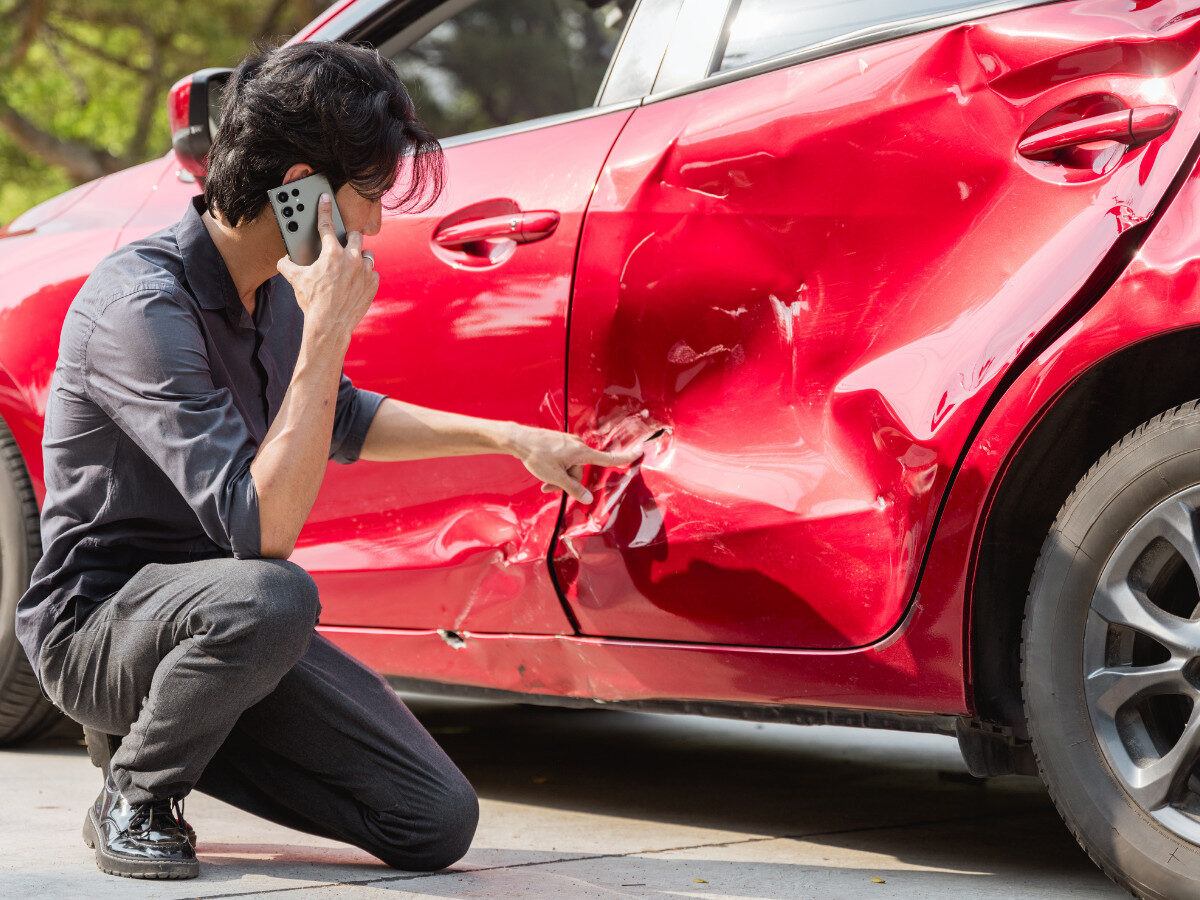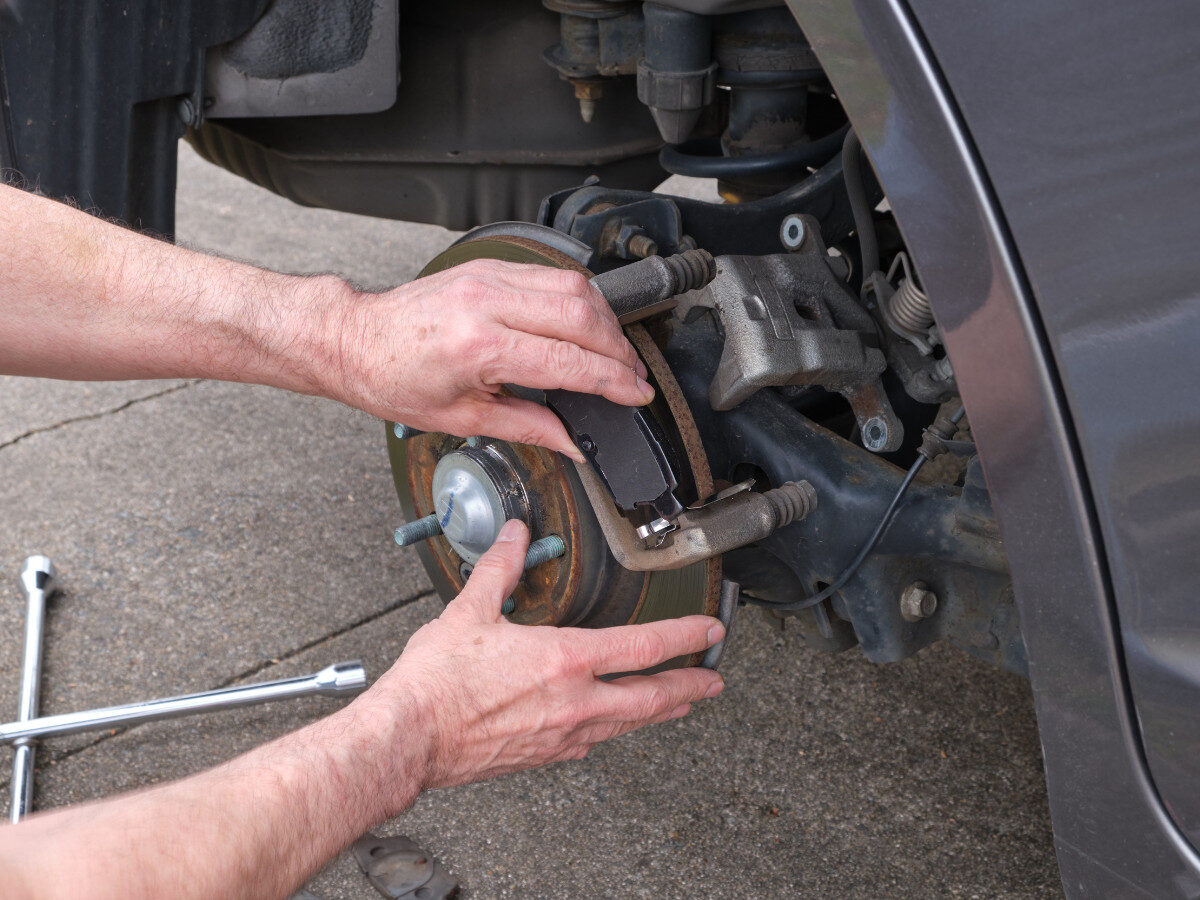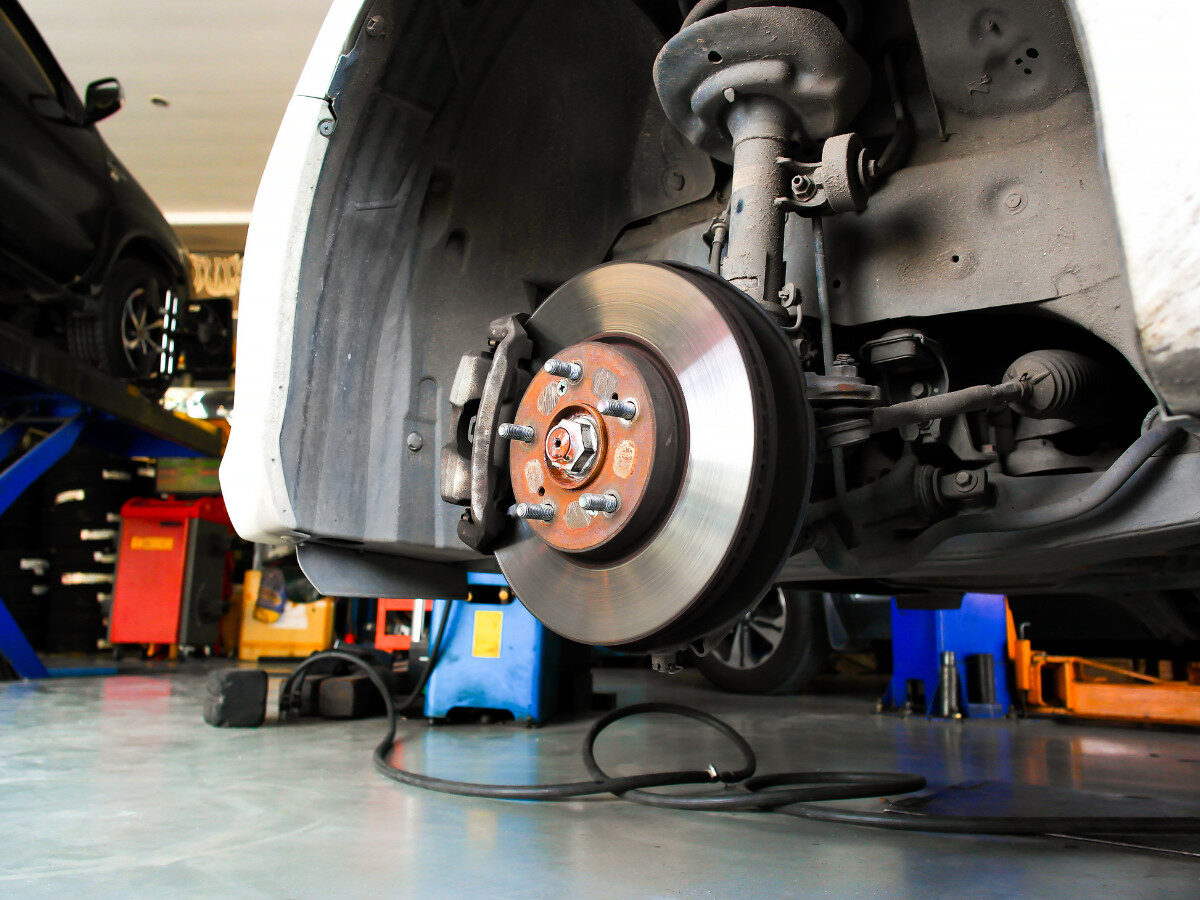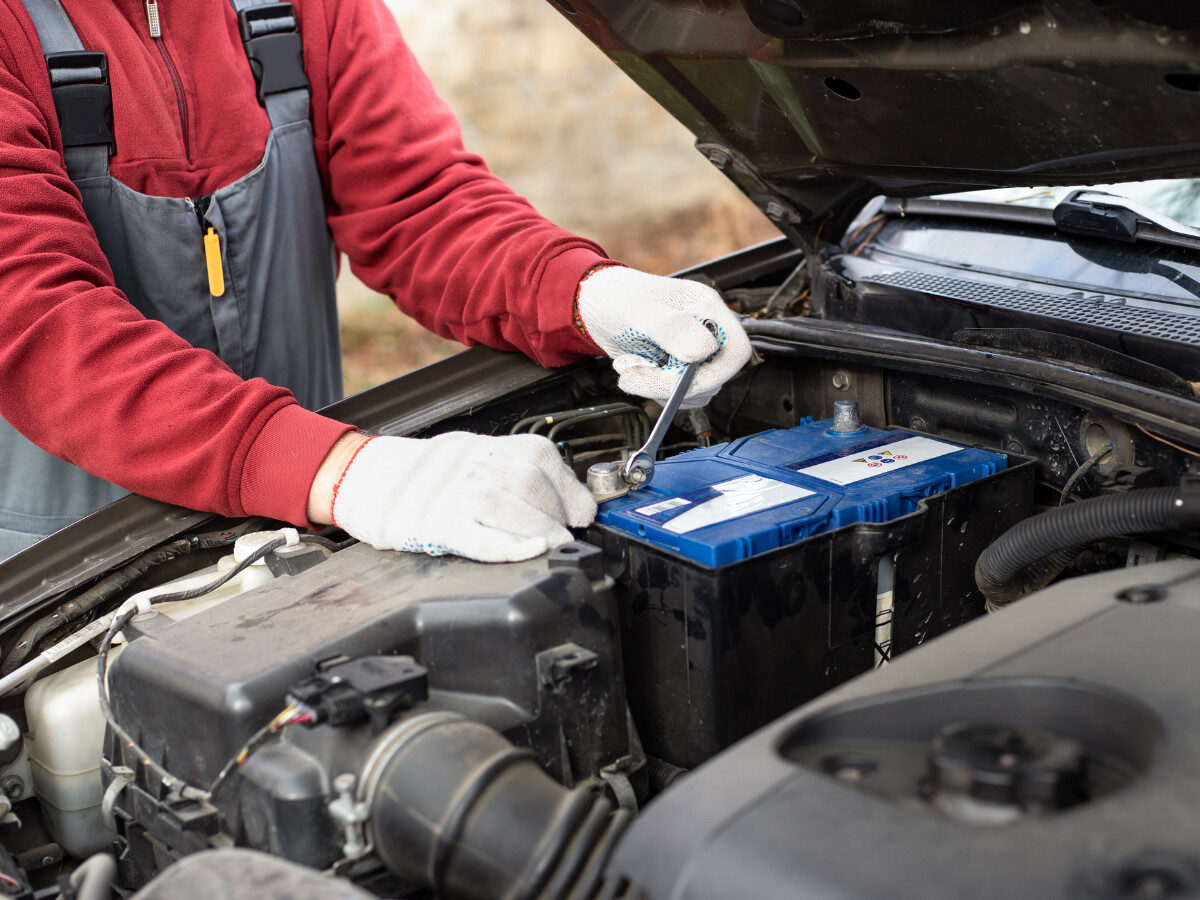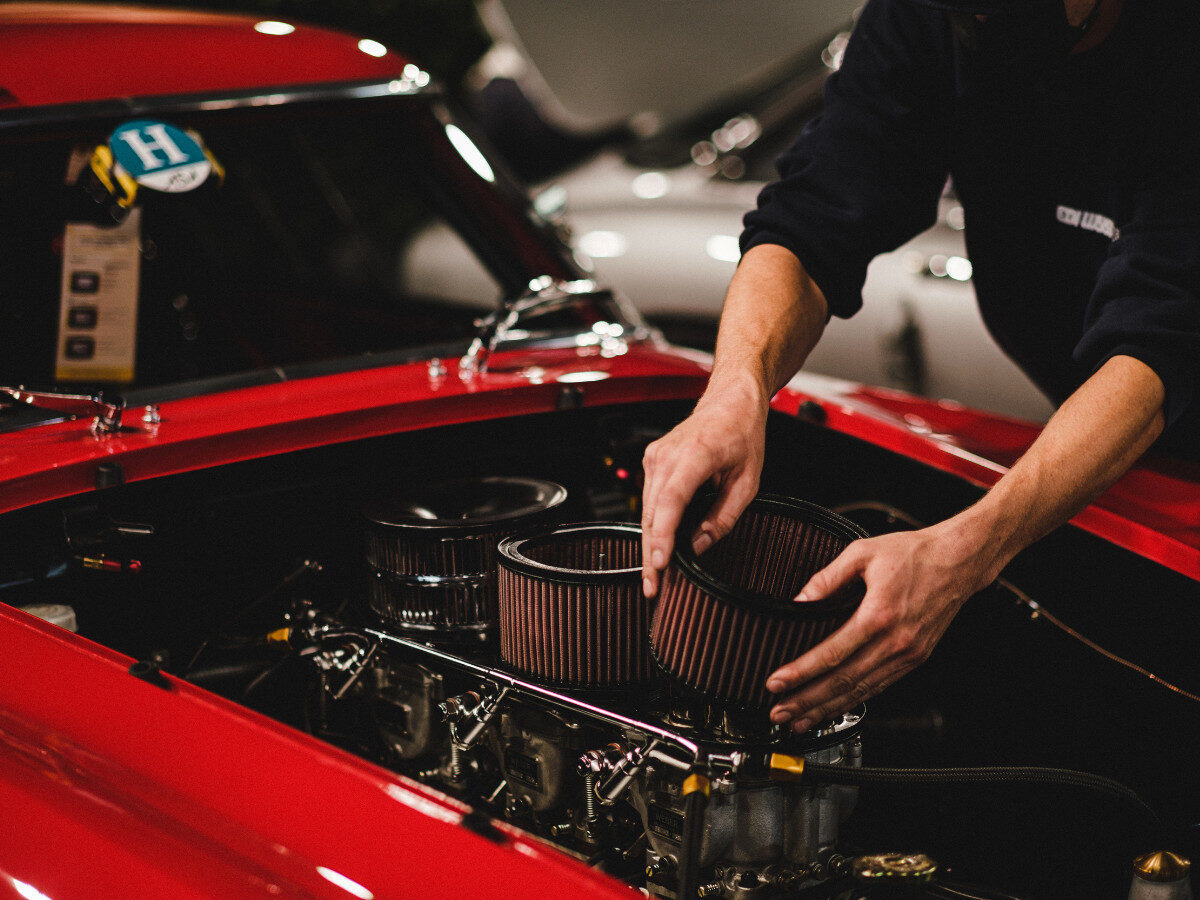Picture this: You just spent your Saturday morning waxing your car to perfection. It’s gleaming like a jewel in your driveway. Then Monday hits with typical Oregon rain, and by Tuesday? Your beautiful wax job looks like it never happened.
Sound familiar, Eugene drivers?
You’re stuck in the endless wax cycle – apply, admire, wash away, repeat. Meanwhile, your neighbor’s car still looks showroom-fresh after months without touching it. What’s their secret? They ditched traditional wax for ceramic coating.
But is ceramic coating really worth the hype? And more importantly, is it worth your hard-earned money? Let’s settle this debate once and for all.
The Wax Reality Check: Why Your Current Method Isn’t Working
Let’s be brutally honest about traditional car wax. It’s like putting a Band-Aid on a bullet wound – looks good for a hot minute, then reality kicks in.
Traditional wax contains natural ingredients like carnauba that break down faster than a cheap umbrella in Oregon rain. Sun bakes it off. Rain washes it away. Every car wash strips more protection. You’re basically paying for temporary shine that disappears the moment Mother Nature decides to flex.
Most Eugene drivers spend $200-400 yearly on wax applications, only to watch their car’s paint deteriorate anyway. It’s like filling a bucket with a giant hole in the bottom – frustrating and expensive.
Enter Ceramic Coating: The Game-Changing Technology
Ceramic coating isn’t just fancy marketing speak. It’s legitimate nanotechnology that creates a chemical bond with your car’s paint. Think of it as giving your car a superhero suit made of liquid glass.
Unlike wax that sits on top like a thin blanket, ceramic coating becomes part of your car’s surface. We’re talking about silicon dioxide (SiO2) particles that create a protective layer harder than your original clear coat. This isn’t snake oil – it’s science.
The result? Protection that lasts years, not weeks. Your car becomes hydrophobic, meaning water beads up and rolls off like it’s afraid of your paint. Dirt struggles to stick. Your car practically cleans itself.
Oregon Weather: The Ultimate Test Laboratory
Eugene’s climate is like a torture chamber for automotive finishes. We get everything nature can throw at vehicles:
Rain that seems eternal. Mud that appears overnight. Tree sap that bonds like industrial adhesive. Road salt in winter. Blazing summer sun that cooks everything.
Traditional wax waves the white flag after about six weeks in this assault. Ceramic coating? It laughs at Oregon weather and asks for more.
The Durability Showdown: Months vs Years
Here’s where the rubber meets the road. Traditional wax needs reapplication every 6-8 weeks if you’re lucky. Professional-grade ceramic coatings last 2-5 years with proper maintenance.
Let’s do the math:
- Wax: 6-8 applications per year × 5 years = 30-40 applications
- Ceramic coating: One application lasting 5 years
Which sounds more appealing to you? Spending every other month maintaining your car’s protection, or applying it once and forgetting about it for years?
Performance Head-to-Head: What Really Matters
Water Behavior: Wax creates decent water beading initially, but it degrades quickly. Ceramic coating maintains aggressive water repelling for its entire lifespan. We’re talking about water that literally bounces off your car.
Scratch Resistance: Traditional wax offers minimal protection against minor scratches and swirl marks. Ceramic coating creates a harder surface that resists scratching and maintains that glass-like finish.
Chemical Resistance: Bird droppings, tree sap, and road chemicals eat through wax like acid through paper. Ceramic coating resists these contaminants, making cleanup effortless.
UV Protection: Both offer UV protection, but ceramic coating provides superior defense against Oregon’s intense summer sun that fades interiors and oxidizes paint.
The Cost Reality: Investment vs Expense
Yes, ceramic coating costs more upfront. But let’s think like smart consumers instead of penny-wise, pound-foolish shoppers.
Professional wax jobs in Eugene run $50-100 each. Multiply that by 8-10 applications yearly, and you’re looking at $400-1000 annually. Over five years? That’s $2000-5000 just on wax!
Quality ceramic coating costs $800-2000 for professional application and lasts 3-5 years. The math isn’t even close – ceramic coating saves money while providing superior protection.
Maintenance: The Lazy Driver’s Dream
Here’s the beautiful truth about ceramic coating: it makes you look like a car care genius without the effort.
Ceramic-coated cars stay cleaner longer. When they do get dirty, a simple rinse often does what used to require soap, scrubbing, and cursing. No more weekend wax sessions. No more panic washing before important events.
You’ll actually enjoy washing your car because it’s so easy. Water sheets off, dirt slides away, and your car returns to that just-detailed look with minimal effort.
The Eugene Advantage: Why Local Climate Matters
Eugene’s unique weather creates perfect conditions for ceramic coating to shine. Our wet winters and dry summers would destroy traditional wax, but ceramic coating thrives in these conditions.
Local drivers who’ve made the switch report the same thing: they wish they’d done it sooner. The difference is that dramatic, especially during our muddy spring months and tree-sap season.
Common Myths Busted: Separating Facts from Fiction
Myth: “Ceramic coating makes my car impossible to wash.” Truth: It makes washing easier, not harder. Dirt doesn’t stick as aggressively.
Myth: “I can’t wax over ceramic coating.” Truth: You don’t need to! That’s the whole point.
Myth: “Ceramic coating prevents all scratches.” Truth: It reduces minor scratching but isn’t bulletproof. It’s protection, not magic.
Myth: “DIY ceramic coatings work just as well.” Truth: Professional application ensures proper bonding and longevity.
Making the Smart Choice: Professional vs DIY
Sure, you can buy ceramic coating products at auto stores. But here’s the thing – application matters. Professional installers prep your paint properly, apply the coating in controlled conditions, and cure it correctly.
DIY ceramic coating is like performing surgery on yourself. Technically possible, but do you really want to risk it with your expensive car?
The Bottom Line for Eugene Drivers
Traditional wax is like renting protection for your car. Ceramic coating is like buying a house – you pay more upfront but own something valuable long-term.
For Eugene’s challenging climate, ceramic coating isn’t just better protection – it’s the smart financial choice. You’ll spend less money over time while enjoying superior results.
Your car will look better, stay cleaner, and maintain its value. You’ll spend weekends enjoying life instead of waxing your car. That’s not just protection – that’s freedom.
The choice between ceramic coating and traditional wax isn’t really a choice at all. It’s the difference between working harder and working smarter. In Eugene’s demanding climate, smart drivers choose ceramic coating and never look back. The upfront investment pays dividends every single day you drive, every rainstorm you weather, and every compliment you receive on your perpetually pristine paint. Stop renting protection and start owning it.
At Blue Rose Auto in Eugene, we help smart drivers make the smart switch. When it comes to Ceramic Coating vs Traditional Wax, the winner is clear — ceramic coating gives you long-term shine, protection, and peace of mind
Frequently Asked Questions
Q: How long does ceramic coating really last in Eugene’s climate?
A: Professional ceramic coating typically lasts 3-5 years in Eugene, even with our wet winters and hot summers. Quality matters – premium coatings can last even longer with proper maintenance.
Q: Can I apply ceramic coating over existing wax?
A: No, existing wax must be completely removed first. Ceramic coating needs to bond directly with your paint, and wax creates a barrier that prevents proper adhesion.
Q: What happens if my ceramic-coated car gets scratched?
A: Minor scratches in the coating can often be polished out without damaging the underlying protection. Deep scratches may require spot treatment or reapplication in that area.
Q: Is ceramic coating worth it for older cars?
A: Absolutely! Older cars often benefit most from ceramic coating because their paint needs maximum protection. However, paint correction may be needed first to achieve the best results.
Q: Can I wash my ceramic-coated car normally?
A: Yes, but avoid harsh chemicals and abrasive materials. Most ceramic-coated cars can be cleaned with just water and a microfiber cloth, making maintenance easier than ever.
